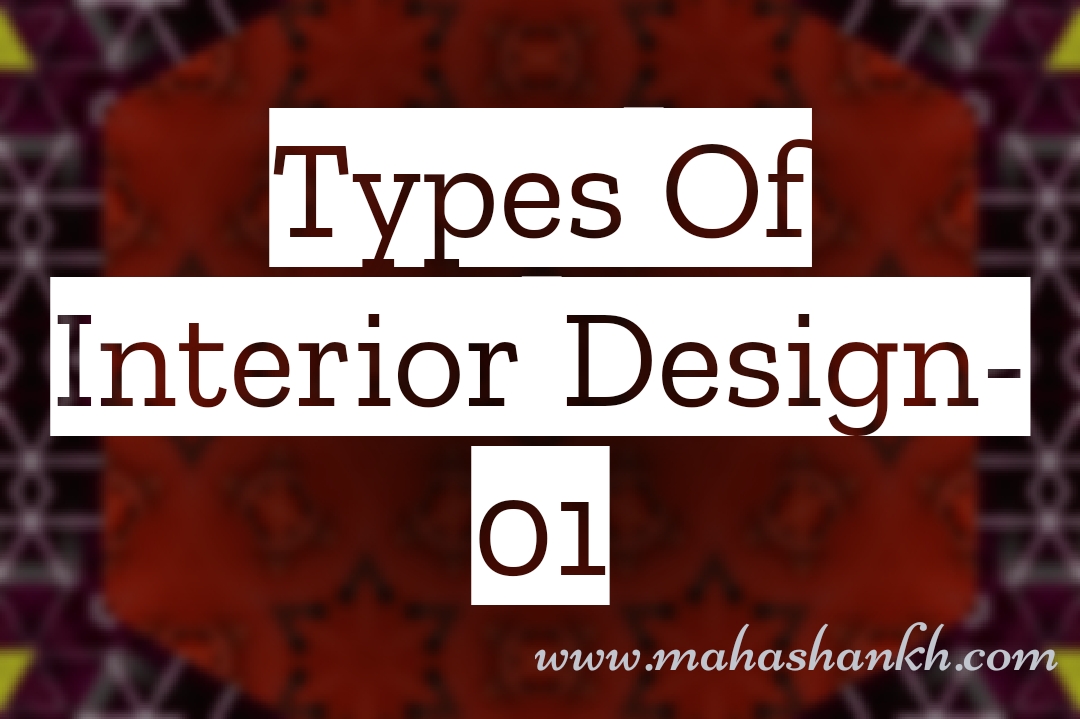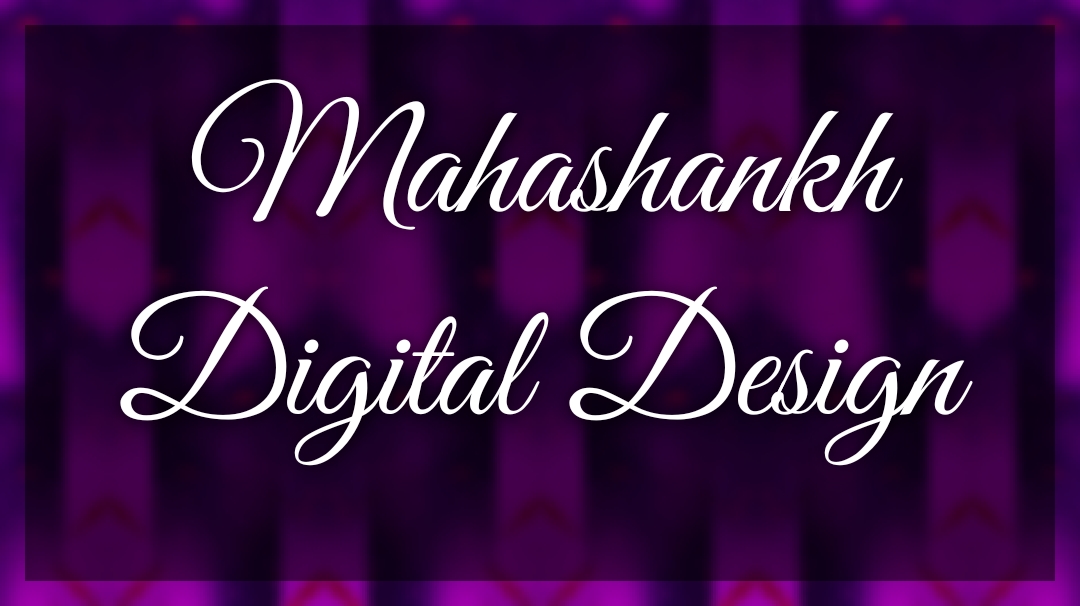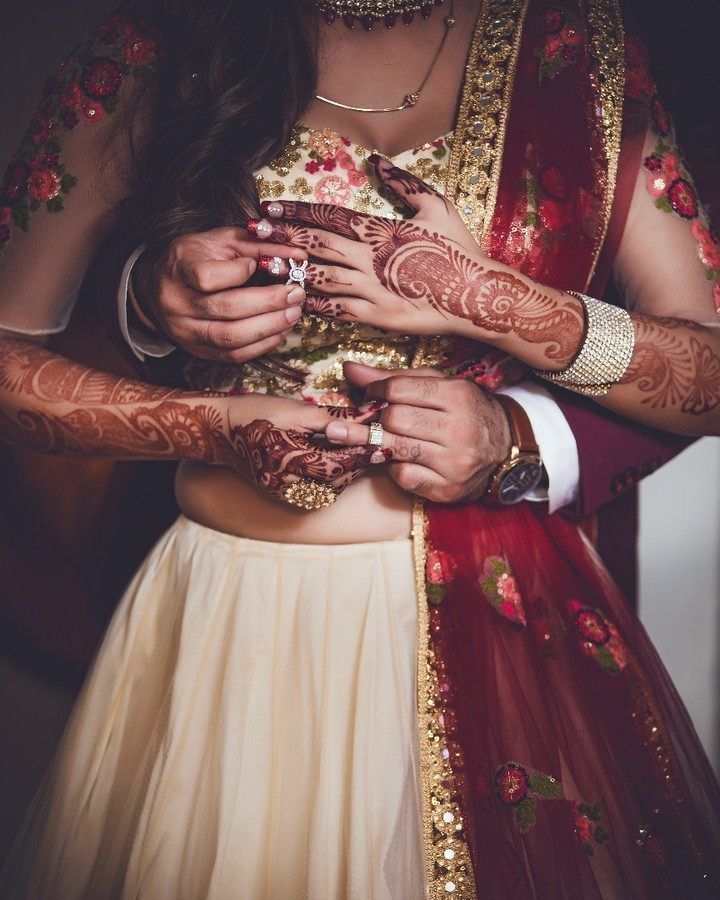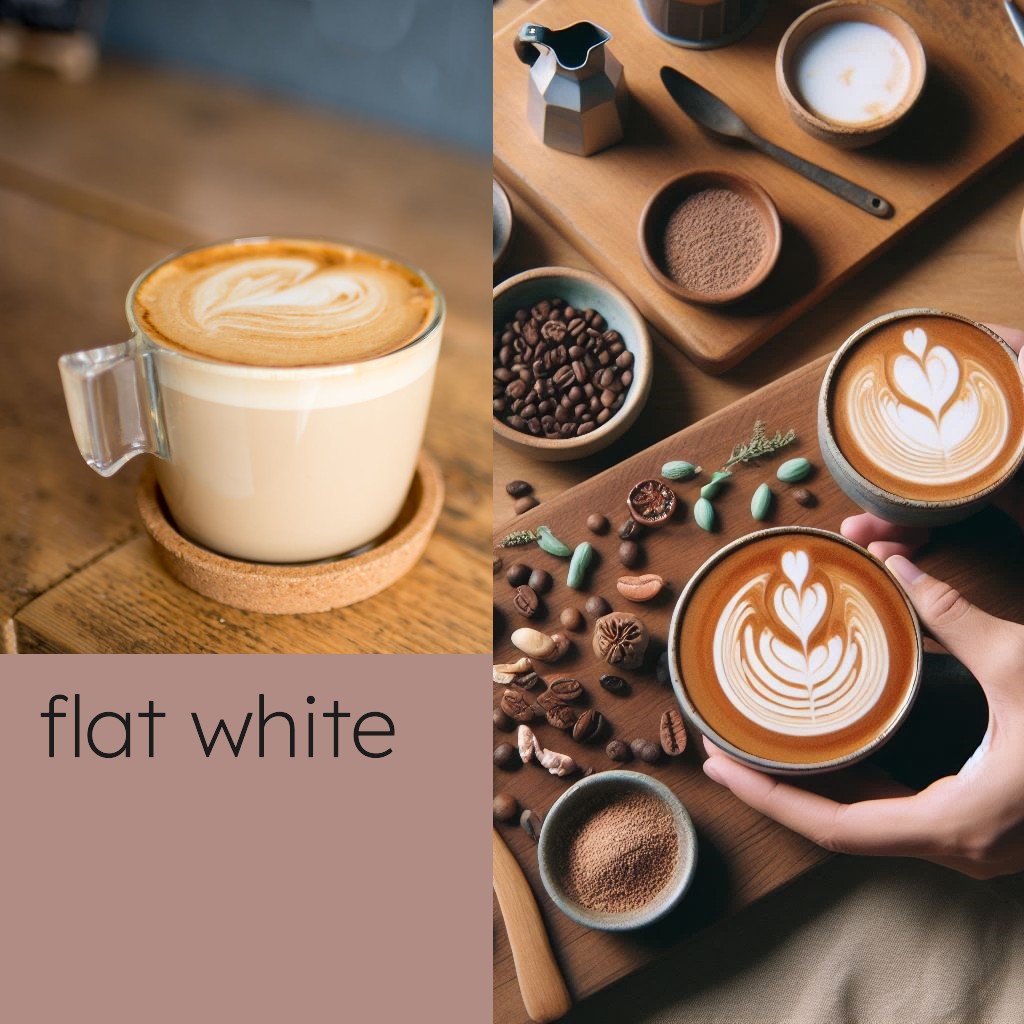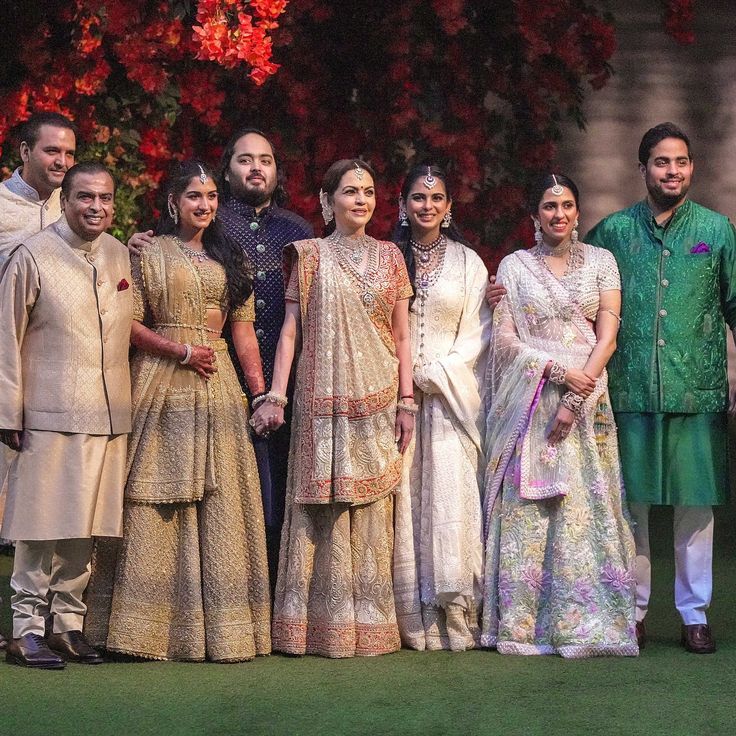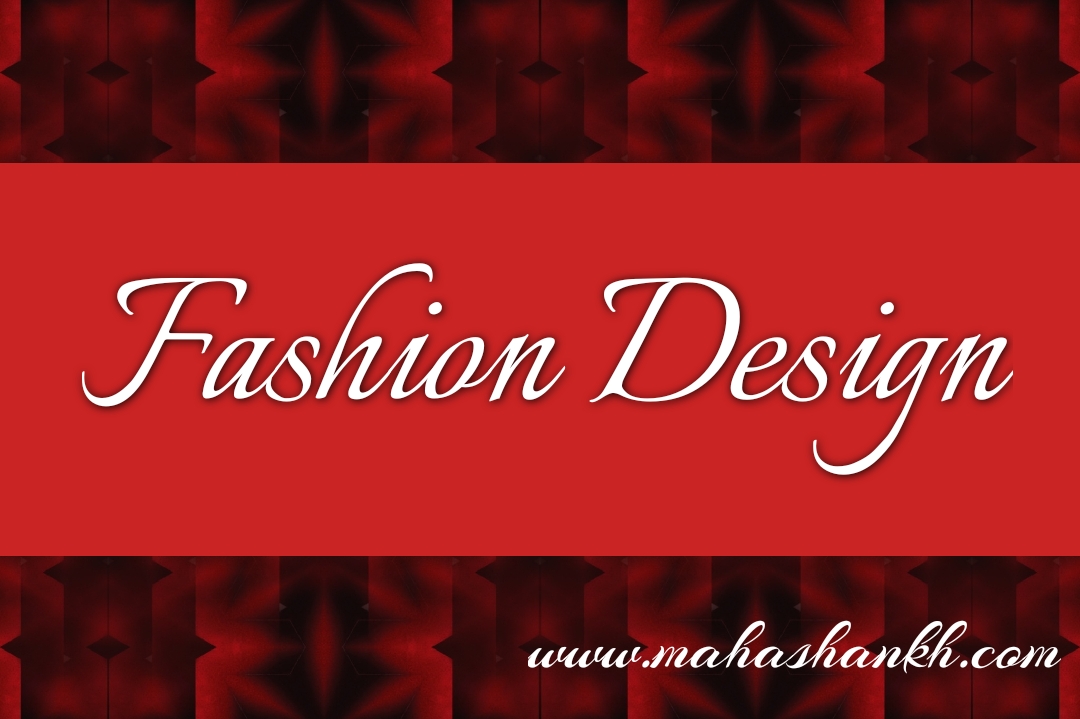Here’s a list of 50 types of interior design:
- Traditional Interior Design
- Modern Interior Design
- Contemporary Interior Design
- Transitional Interior Design
- Industrial Interior Design
- Mid-Century Modern Interior Design
- Scandinavian Interior Design
- Bohemian Interior Design
- Rustic Interior Design
- Coastal Interior Design
- French Country Interior Design
- Art Deco Interior Design
- Mediterranean Interior Design
- Eclectic Interior Design
- Minimalist Interior Design
- Contemporary Classic Interior Design
- Shabby Chic Interior Design
- Gothic Interior Design
- Art Nouveau Interior Design
- High-Tech Interior Design
- Hollywood Regency Interior Design
- Nautical Interior Design
- Southwestern Interior Design
- Victorian Interior Design
- Moroccan Interior Design
- Asian Zen Interior Design
- Retro Interior Design
- Cottage Interior Design
- Tuscan Interior Design
- Cultural Fusion Interior Design
- Urban Modern Interior Design
- Jungalow Interior Design
- Swedish Gustavian Interior Design
- Rural Farmhouse Interior Design
- Country Chic Interior Design
- Avant-Garde Interior Design
- Luxury Interior Design
- Vintage Interior Design
- Tropical Interior Design
- Artisanal Interior Design
- Retro-Futuristic Interior Design
- Post-Modern Interior Design
- Regency Interior Design
- Neoclassical Interior Design
- Mission Style Interior Design
- Steampunk Interior Design
- Egyptian Revival Interior Design
- Industrial Chic Interior Design
- French Provincial Interior Design
- Zen Minimalist Interior Design
Table of Contents
Details of Interior Design
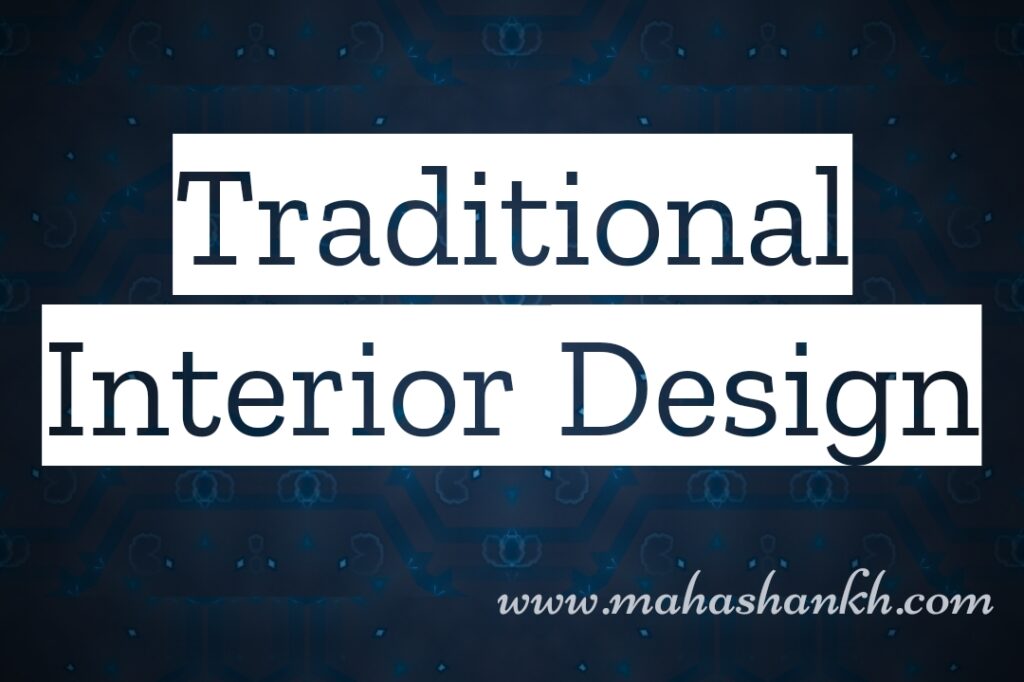
Traditional Interior Design
Hallmarks of Traditional Design:
- Timeless Appeal: Unlike fad-driven trends, traditional design transcends the years. It draws inspiration from the best of 18th and 19th-century European styles, creating a look that feels familiar yet never dated.
- Warm and Inviting Atmosphere: Think rich, wood tones, plush upholstery, and layered textiles. Traditional spaces embrace comfort and exude a sense of warmth that welcomes you in.
- Symmetry and Order: Balance and harmony are key. Furniture placement often reflects symmetry, and architectural details like wainscoting and crown molding add a sense of refinement.
- Classic Furniture Silhouettes: Wingback chairs, roll-arm sofas, and four-poster beds are just a few examples. While you might find updated finishes or modern touches, the overall silhouettes remain grounded in tradition.
- Layering and Texture: Traditional interiors are all about depth and dimension. Expect layers of window treatments, throws draped over furniture, and rugs layered on top of rugs. It’s a feast for the senses!
- Jewel Tones and Neutrals: Color palettes often feature rich jewel tones like emerald green, sapphire blue, and ruby red, balanced with calming neutrals like beige, cream, and taupe. The result is a sophisticated and eye-catching combination.
- Classic Patterns and Textiles: Think damask, florals, plaids, and stripes. These timeless patterns grace upholstery, curtains, and even wallpaper, adding a touch of elegance and visual interest.
- Antiques and Heirlooms: Traditional spaces often celebrate the past through the inclusion of treasured antiques and family heirlooms. These pieces add a personal touch and tell a story.
Modern Twists on Tradition:
While traditional design evokes a sense of timelessness, it can be easily adapted to modern sensibilities. Here are a few ways to achieve a fresh take:
- Incorporate Modern Fabrics and Furnishings: Mix sleek lines and minimalist pieces with classic silhouettes for a dynamic contrast.
- Play with Color and Pattern: Go bold with a statement accent wall or mix unexpected patterns for a playful touch.
- Embrace Natural Light: Large windows and open floor plans can bring a modern airy feel while retaining traditional elements.
- Focus on Sustainability: Opt for eco-friendly materials and vintage finds to give your traditional space a modern conscience.
Remember, the beauty of traditional design lies in its flexibility. You can tailor it to your personal taste and create a space that feels both timeless and uniquely yours. Whether you’re drawn to the grandeur of English country houses or the simplicity of Shaker style, there’s a traditional aesthetic waiting to be embraced.
Now, I’d love to hear more about your vision for your traditional space! Are there any specific elements you’re drawn to? What kind of feeling do you want to create? The more details you share, the better I can assist you in crafting your dream traditional haven.
Modern Interior Design
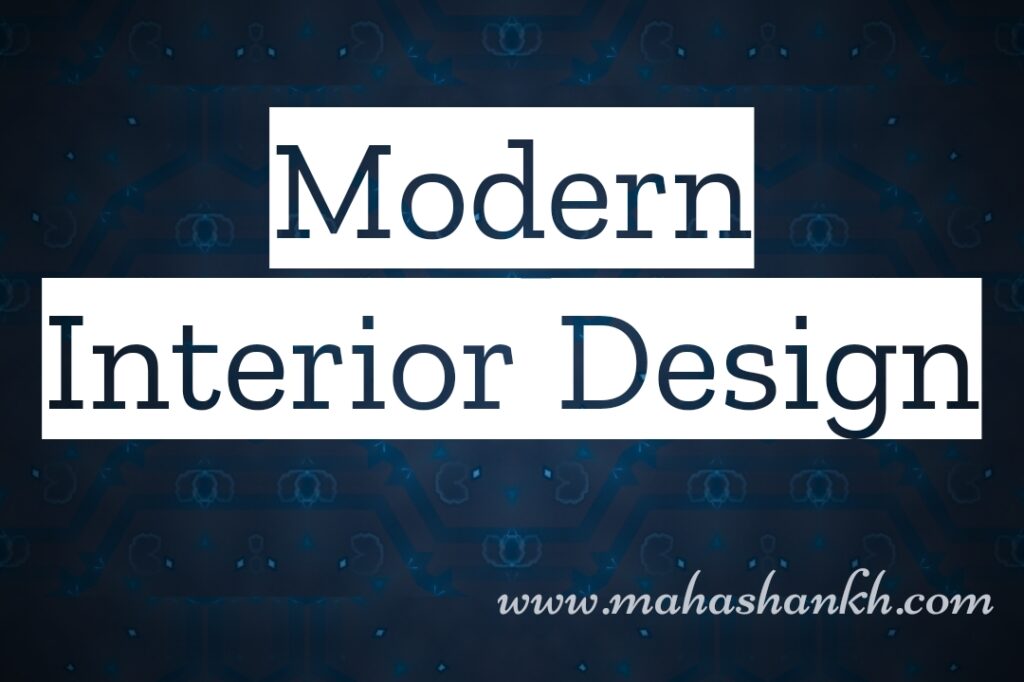
Modern interior design! Stepping into a sleek, minimalistic haven sounds pretty darn good. Let’s explore this cool, contemporary world, shall we?
Key characteristics of Modern Design:
- Less is More: Clean lines, uncluttered spaces, and minimalist aesthetics reign supreme. It’s all about form and function, creating a streamlined and unfussy environment.
- Neutral Color Palettes: Think whites, beiges, greys, and blacks as the base, with pops of color used sparingly and strategically. The focus is on creating a calming and sophisticated backdrop.
- Natural Materials: Embrace the beauty of wood, stone, glass, and leather. These materials bring warmth and texture to the space, while still adhering to the minimalist ethos.
- Open Floor Plans: Walls don’t always have to define everything. Modern spaces favor openness and flow, allowing light and air to move freely.
- Bold Accents: While minimalism is key, modern spaces aren’t shy about statement pieces. A sculptural lamp, a vibrant artwork, or a unique furniture piece can add personality and visual interest.
- Strategic Lighting: Task lighting, recessed lighting, and ambient lighting are meticulously used to create different moods and highlight architectural features.
- Sustainability: Modern design often champions eco-friendly materials and practices. Opting for recycled materials, energy-efficient appliances, and natural light utilization are common features.
Modern Twists for a Personalized Touch:
- Incorporate Mid-Century Modern: Add a touch of vintage flair with iconic pieces from the 1950s and 60s. Think Eames chairs, hairpin legs, and Sputnik chandeliers.
- Embrace Industrial Accents: Exposed brick, metal pipes, and concrete elements can add a touch of urban edge to your modern space.
- Go Maximalist: While traditional modern is known for its minimalism, you can still embrace bold patterns, vivid colors, and statement art for a more eclectic and personal interpretation.
- Bring in the Greenery: Plants add life and color to any space. Opt for low-maintenance options like succulents or snake plants for a modern touch.
Contemporary Interior Design
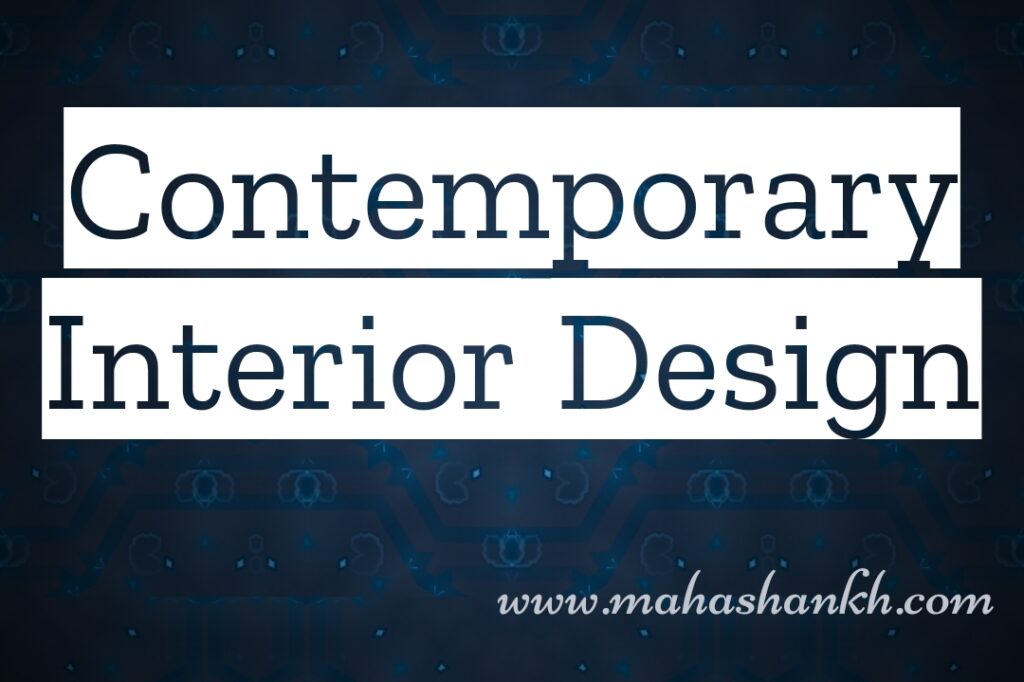
Contemporary design Let’s dive into this ever-evolving, dynamic world where the past whispers inspiration and the future sets the trends. Contemporary design is a fascinating dance between the familiar and the fresh, offering a space that feels current, stylish, and always on the pulse of the moment.
Key Pillars of Contemporary Style:
- Evolving Elegance: Unlike its older sister, traditional design, contemporary embraces change and reinvention. It borrows elements from various styles, including modern, mid-century, and even bohemian, creating a unique and ever-shifting aesthetic.
- Clean Lines and Streamlined Silhouettes: Functionality meets form in contemporary spaces. Furniture boasts clean lines, minimal embellishments, and geometric shapes, creating a sense of order and spaciousness.
- Neutral Palettes with Pops of Color: Think calming beiges, whites, and greys as the base, with splashes of bolder tones through statement artwork, accent cushions, or decorative objects. This keeps the space feeling airy while injecting personality.
- Texture Play: While minimalism reigns supreme, contemporary design loves to mix and match textures. Think woven throws on leather sofas, wood accents against smooth marble surfaces, or a combination of soft and rough textiles. This adds depth and visual interest.
- Natural Materials with Modern Twists: Wood, stone, and glass remain favorite materials, but they’re often presented in unique ways. Think wood with sleek finishes, stone countertops with metallic accents, or glass tables with sculptural bases.
- Bold Lighting: Lighting plays a crucial role in contemporary spaces. Recessed lighting complements natural light, statement pendants become artwork, and task lighting ensures functionality, all contributing to the overall ambiance.
- Technology Integration: Contemporary spaces embrace smart technology for a seamless and convenient living experience. Think hidden speakers, automated lighting systems, and sleek appliances that blend seamlessly with the décor.
Modern Twists for Personalization:
- Embrace Sustainable Solutions: Eco-friendly materials, recycled furniture, and energy-efficient practices are increasingly important in contemporary design.
- Play with Unexpected Accents: Don’t be afraid to introduce one-of-a-kind vintage pieces or pops of vibrant color to give your space a personal touch.
- Blur the Lines: Open floor plans are key, but you can also use strategic furniture placement or room dividers to create distinct zones within a larger space.
- Bring Nature In: Large windows, skylights, and plenty of greenery connect your space to the outdoors and evoke a sense of calm and rejuvenation.
Remember, contemporary design is all about flexibility and customization. You can choose elements from different styles, experiment with textures and colors, and personalize the space to reflect your unique personality and lifestyle.
Transitional Interior Design
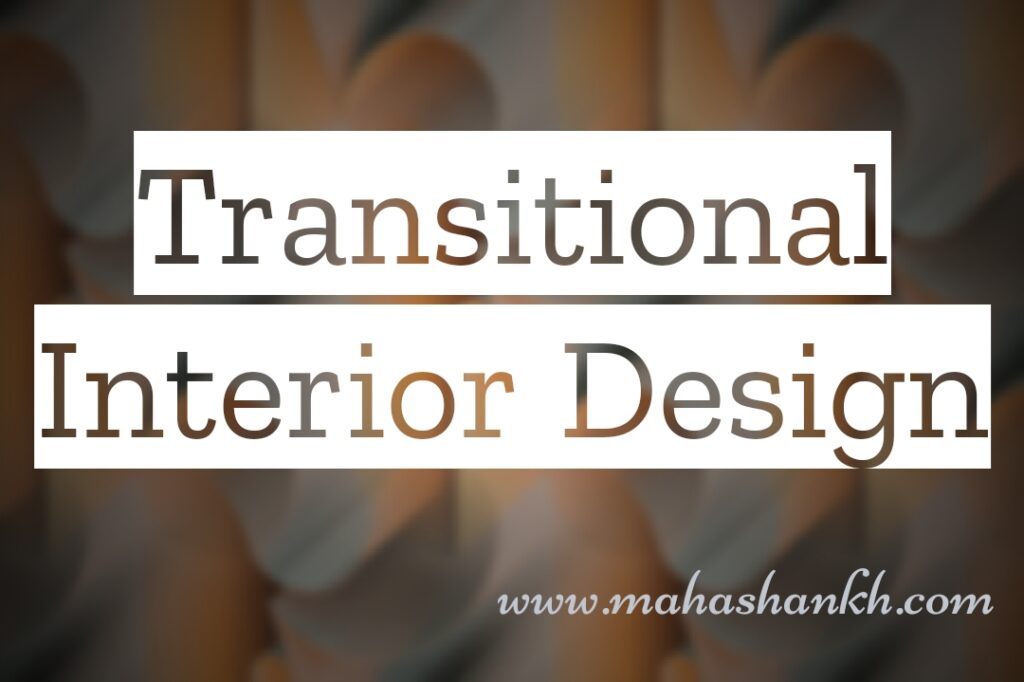
Transitional design! You have excellent taste – it’s no wonder you’re drawn to this charming blend of traditional and modern styles. Transitional design is all about finding that sweet spot between timeless elegance and contemporary cool, creating a space that feels both familiar and fresh. Let’s explore its unique beauty!
Hallmarks of Transitional Style:
- Best of Both Worlds: It bridges the gap between the formality of traditional design and the simplicity of modern. You’ll find classic silhouettes alongside clean lines, rich textures mixed with minimalist accents, and warm colors balanced with neutral palettes.
- Comfort and Sophistication: Transitional spaces prioritize both. Plush, upholstered furniture invites you to relax, while clean lines and refined details maintain a sense of elegance.
- Balance and Symmetry: While not as rigid as traditional interiors, transitional spaces still embrace order and balance. Furniture placement often reflects symmetry, and design elements complement each other through color, texture, and scale.
- Natural Materials and Modern Finishes: Wood, stone, and leather provide grounding warmth, while sleek finishes like metal and glass add a touch of contemporary shine. This creates a visually interesting interplay between old and new.
- Neutral Color Palettes with Pops of Personality: A calming base of beiges, whites, and greys provides a versatile canvas. You can then personalize the space with splashes of color through accent pieces, artwork, or statement rugs.
- Layered Textures and Patterns: Transitional interiors welcome richness and depth. Think of woven throws on sofas, patterned pillows, and layered rugs. But remember to maintain a sense of balance to avoid overwhelming the space.
- Antique Accents with Modern Touches: Vintage finds and family heirlooms add a touch of history and personality. Pair them with sleek furniture or unexpected modern elements to create a unique and dynamic contrast.
Modern Twists for a Personal Touch:
- Embrace Sustainability: Opt for eco-friendly materials, recycled furniture, and natural light for a contemporary twist on tradition.
- Go Bold with Textures: Don’t shy away from mixing and matching textures like velvet, leather, and woven textiles. This adds visual interest and depth.
- Incorporate Bold Artwork: A statement piece of art can add a modern touch and inject personality into your space.
- Play with Scale and Proportion: Mix and match furniture of different sizes and scales to create a dynamic and visually interesting layout.
Industrial Interior Design
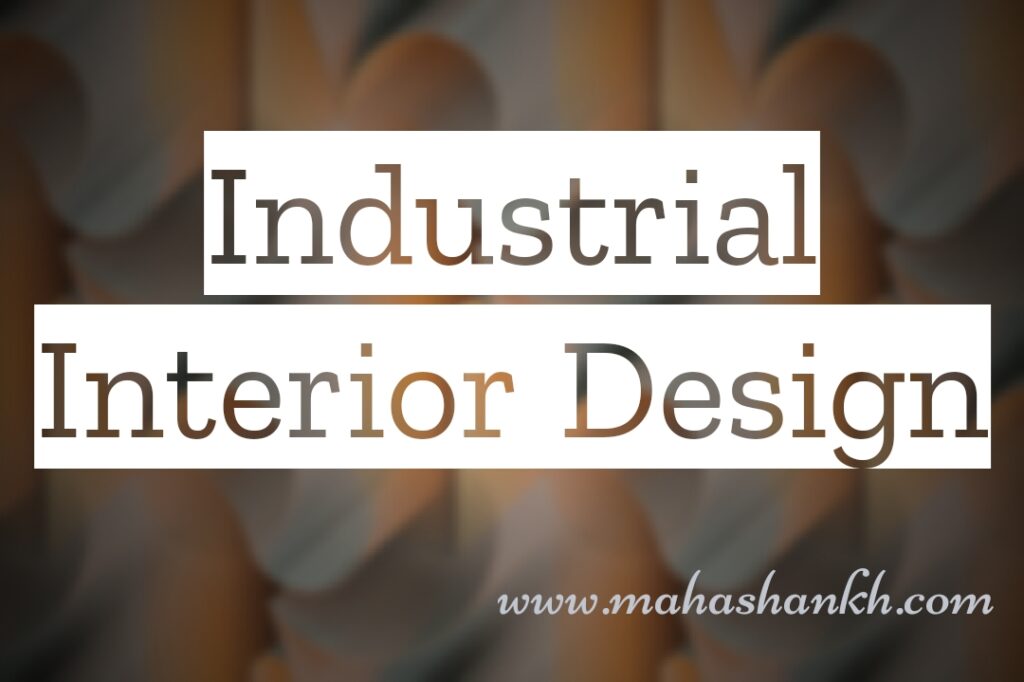
industrial! A style that breathes raw beauty and whispers tales of urban adventures. You have excellent taste, my friend. Let’s delve into the gritty glamour of industrial interior design!
Key characteristics of Industrial Style:
- Embracing the Exposed: Think exposed brick walls, pipes and ductwork, concrete floors, and weathered wood beams. These aren’t just imperfections, they’re the heart and soul of the space.
- Neutral Color Palettes: A cool and subdued palette reigns supreme. Shades of gray, black, white, and brown create a sophisticated backdrop for pops of color and contrasting textures.
- Metal Takes Center Stage: Iron, steel, and copper add a touch of industrial edge. Metal is found in furniture, lighting, accents, and even architectural elements.
- Minimalism with Personality: While clutter is banished, industrial spaces aren’t sterile. Vintage finds, statement artwork, and unique furniture pieces inject personality and tell a story.
- Large Windows and Open Floor Plans: Natural light is a must, flowing through expansive windows and illuminating spacious layouts. Think lofts, warehouses, and factories repurposed into stylish living spaces.
- Functional Meets Stylish: Furniture is often utilitarian, favoring clean lines and sturdy materials. Think leather sofas, metal chairs, and reclaimed wood tables. But, functionality doesn’t mean sacrificing style – industrial pieces can be surprisingly sleek and eye-catching.
- Vintage Finds and Repurposed Treasures: Give old objects a new lease on life! Industrial décor embraces vintage furniture, reclaimed materials, and industrial-inspired lighting fixtures. This adds character and a touch of history to the space.
Modern Twists for a Personalized Touch:
- Blend with Other Styles: Don’t be afraid to mix and match! Industrial elements can co-exist beautifully with mid-century modern, Scandinavian minimalism, or even bohemian touches.
- Embrace Sustainable Solutions: Opt for recycled materials, repurposed furniture, and energy-efficient practices for an eco-friendly twist.
- Incorporate Plants and Greenery: A touch of nature softens the industrial edge. Hanging plants, succulents, and other low-maintenance greenery add life and color to the space.
- Play with Lighting: Use different types of lighting – pendant lights, track lighting, task lighting – to create a layered and atmospheric look.
Mid-Century Modern
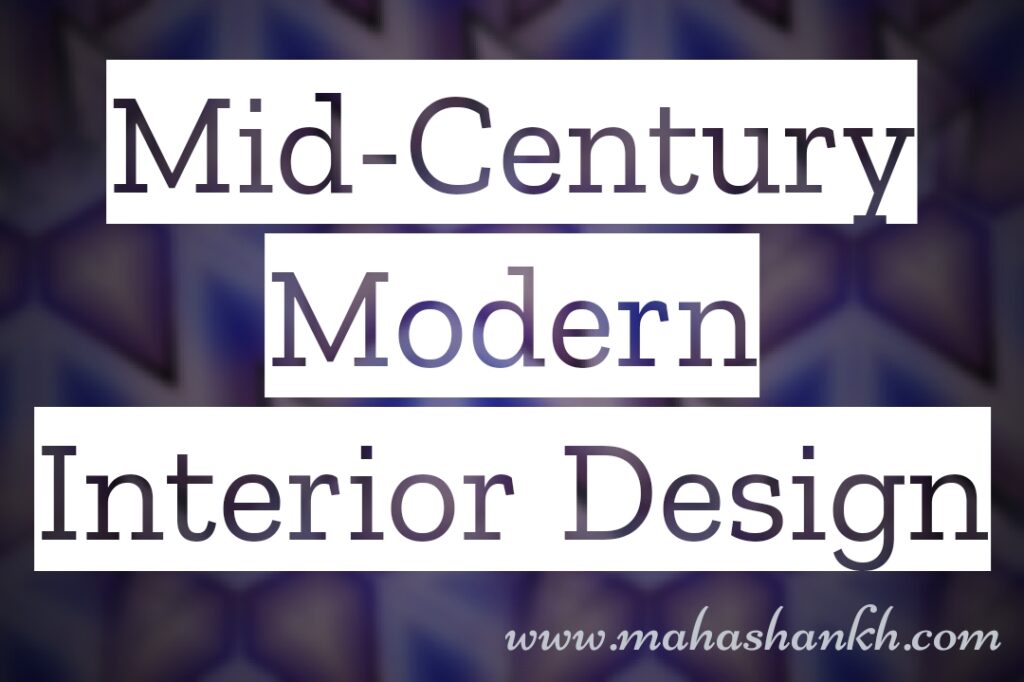
Mid-century modern, ah, the epitome of cool sophistication! This iconic style, spanning roughly from the 1940s to the 1960s, continues to captivate with its clean lines, bold pops of color, and emphasis on functionality. Let’s dive into what makes it so special:
Hallmarks of Mid-Century Modern:
- Clean Lines and Organic Forms: Think sleek silhouettes, streamlined furniture, and minimal ornamentation. Curved edges and geometric shapes dance together in perfect harmony.
- Natural Materials and Man-Made Innovation: Wood, leather, and glass mingle with plastic, chrome, and vinyl. This blend of classic and modern materials creates a unique and dynamic aesthetic.
- Pops of Vibrant Colors: Muted tones like beige and gray form the base, but mid-century modern isn’t afraid of a colorful accent. Mustard yellow, teal, olive green, and burnt orange add a playful touch.
- Form Follows Function: Every piece has a purpose. Furniture is designed for comfort and practicality, maximizing space and promoting ease of movement.
- Integration with Nature: Large windows, sliding glass doors, and open floor plans blur the lines between indoors and outdoors. Natural light floods the space, creating a sense of connection with the surroundings.
- Iconic Furniture Pieces: Think Eames chairs, Noguchi lamps, Saarinen tulip tables, and Nelson ball clocks. These timeless pieces add instant mid-century flair to any space.
Modern Twists on a Classic:
- Sustainable Choices: Today’s mid-century modern embraces eco-friendly materials, recycled furniture, and energy-efficient practices.
- Personal Touches: Don’t be afraid to mix and match! Add vintage finds, contemporary artwork, or personal accents to make the space your own.
- Bold Patterns and Textures: Introduce graphic prints, geometric patterns, and tactile textures for a playful and modern update.
- Tech Savvy Integration: Seamlessly blend sleek technology with the mid-century aesthetic for a contemporary twist.
Scandinavian Interior Design
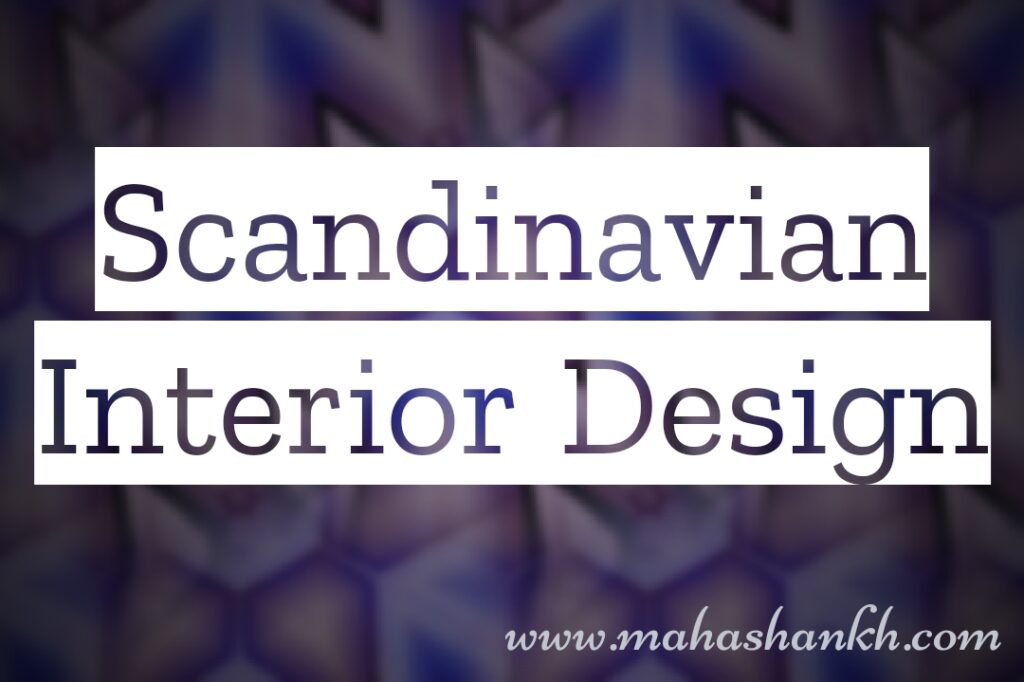
Scandinavian design It’s like cozying up with a warm mug of glögg on a snowy day – instantly comforting and beautifully serene. I’m happy to delve into this inviting world with you.
Key elements of Scandinavian style:
- Light and Airy: This is paramount. Large windows, often uncovered, let in natural light and create a sense of spaciousness. Think light walls, pale wood floors, and minimalist furniture to further amplify the open feel.
- Simplicity and Functionality: Every element has a purpose and avoids unnecessary clutter. Furniture is clean-lined and practical, prioritizing comfort and usability.
- Natural Materials: Wood, wool, linen, and leather take center stage, bringing warmth and texture to the space. The connection to nature is key, often reflected in organic shapes and patterns.
- Neutral Color Palettes: White, beige, grey, and black form the foundation, offering a calming and versatile backdrop. Pops of color can be introduced through accent pieces or artwork, but they’re used sparingly.
- Hygge Atmosphere: This Danish concept translates to “cozy comfort.” It’s all about creating a warm and inviting space that encourages relaxation and well-being. Think soft throws, flickering candles, and comfortable furniture.
- Sustainability: Eco-friendly materials and practices are increasingly prioritized. Opting for recycled furniture, locally sourced elements, and energy-efficient solutions adds a responsible touch.
Modern Updates on a Classic:
- Bold Accents: While minimalism reigns supreme, a statement piece like a colorful rug, graphic artwork, or sculptural lamp can add personality and visual interest.
- Mix and Match Textures: Experiment with wool throws, woven baskets, and natural wood accents to create depth and tactile appeal.
- Modern Lighting: Play with different types of lighting – pendant lamps, sconces, task lighting – to create a layered and cozy ambiance.
- Personalized Touches: Don’t be afraid to incorporate vintage finds, travel souvenirs, or family heirlooms to make the space your own.
Bohemian Interior Design
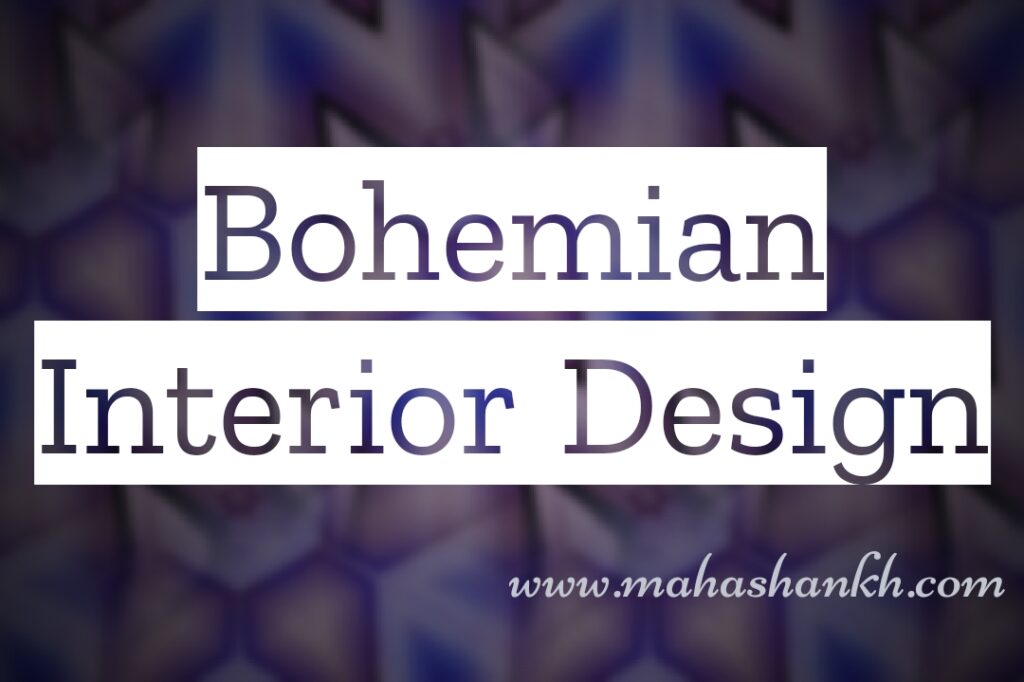
A style bursting with vibrant colors, eclectic textures, and layers of charm. It’s like stepping into a world where wanderlust whispers in every corner and creativity blossoms wherever you look. Let’s explore the unique beauty of bohemian design!
Key characteristics of Bohemian style:
- Global Inspirations: Embrace the spirit of faraway lands. Moroccan rugs might mingle with Indian tapestries, while Turkish lanterns illuminate spaces alongside vintage finds from flea markets. The world is your oyster!
- Playful Colors and Patterns: Forget minimalism! Bold jewel tones like amethyst purple, ruby red, and emerald green dance with lively patterns like florals, paisleys, and geometric prints. Don’t shy away from mixing and matching – the more the merrier!
- Layering is King: Create depth and dimension through layers upon layers. Think throws draped over furniture, rugs stacked on top of rugs, and pillows piled high on sofas. Every surface is an opportunity to showcase your personality.
- Natural Materials with a Twist: Wood, rattan, wicker, and stone provide an earthy foundation. But bohemian interiors aren’t afraid to add a touch of glam with metallic accents, velvet throws, or colorful glass pieces.
- Comfort and Coziness: Bohemian spaces are all about relaxation and inviting vibes. Plush sofas, oversized pillows, and hammocks beg you to curl up and enjoy the atmosphere.
- Unique Artwork and Found Objects: Let your walls tell a story! Vintage posters, family heirlooms, and one-of-a-kind artwork inject personality and spark conversation.
- Plants, Plants, Plants!: Bring the outdoors in with a jungle of greenery. Lush ferns, trailing vines, and vibrant succulents add life and a touch of zen to the space.
Modern Twists on a Bohemian Spirit:
- Sustainable Solutions: Opt for eco-friendly materials, recycled furniture, and upcycled treasures for a responsible touch.
- Minimalist Touches: Balance the exuberance with some clean lines and neutral spaces. This prevents the room from feeling overwhelming.
- Global Fusion: Don’t be afraid to mix and match different global inspirations. Create your own unique blend of cultures and styles.
- Statement Lighting: Moroccan pendant lamps, vintage chandeliers, or string lights add personality and illuminate the space with magical vibes.
Rustic Interior Design
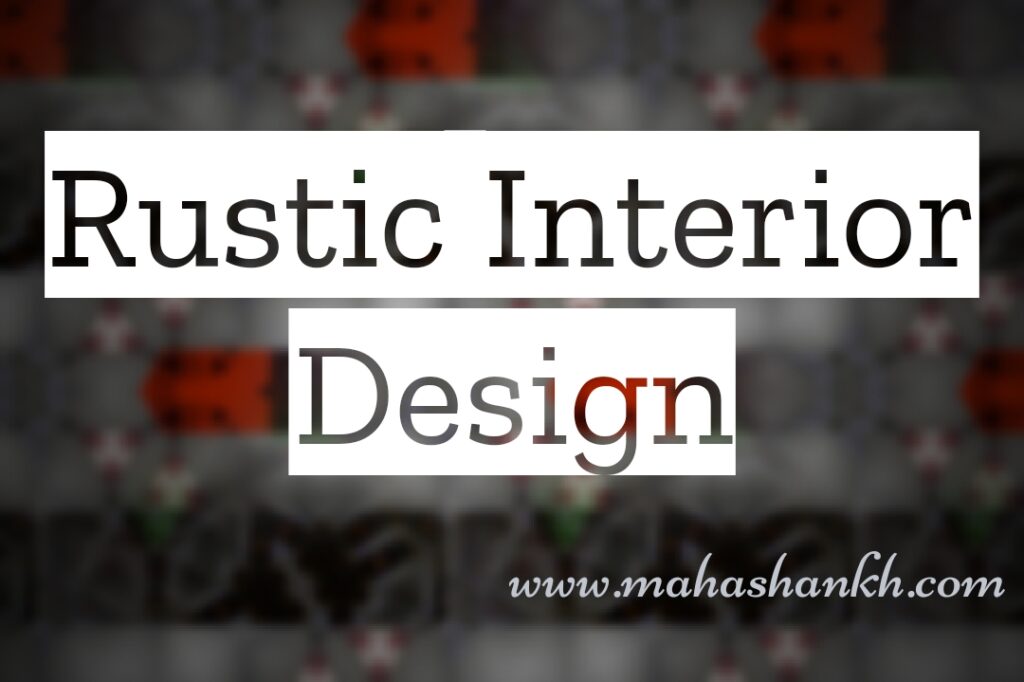
Hallmarks of Rustic Design
- Natural Materials Reign Supreme: Wood takes center stage in its various forms – exposed beams, reclaimed wood furniture, weathered floorboards. Stone, leather, and woven textiles complete the picture, bringing organic textures and earthy tones.
- Simple and Functional Furnishings: Think comfortable but unfussy furniture with clean lines and minimal embellishments. Think sturdy wood tables, plush sofas with slipcovers, and wicker baskets for storage. Functionality is key, but that doesn’t mean it can’t be charming.
- Neutral Color Palettes with Earthy Accents: Creams, beiges, and browns form the backdrop, providing a calming and timeless base. Pops of color come through accent pieces like vintage quilts, rustic pottery, or artwork depicting natural landscapes.
- Warm and Inviting Atmosphere: Rustic spaces embrace coziness. Think fireplaces crackling with fire, candles flickering in the twilight, and throws inviting you to curl up with a good book. It’s all about creating a haven for relaxation and connection.
- Exposed Elements and Imperfections: Rustic design celebrates the inherent beauty of natural materials, even with their imperfections. Knots in the wood, chipped paint on furniture, and exposed brick walls all add character and tell a story.
- Vintage Finds and Handmade Touches: Incorporate cherished heirlooms, flea market finds, and handcrafted elements like quilts or pottery. These personal touches make the space feel truly unique and lived-in.
- Connection to Nature: Bring the outdoors in with large windows, natural light, and plenty of greenery. Plants, flowers, and even rustic wood elements like branches or logs add a touch of the wild and connect you to the natural world.
Modern Twists on a Classic Style:
- Sustainable Choices: Opt for eco-friendly materials like reclaimed wood, recycled furniture, and natural fabrics.
- Minimalist Touches: Balance the rustic charm with clean lines and uncluttered spaces to avoid an overwhelming feeling.
- Modern Accents: Introduce sleek lighting fixtures, contemporary sculptures, or pops of unexpected color to add a touch of personal style.
- Technology Integration: Seamlessly blend smart home technology with the rustic aesthetic for a modern twist on functionality.
Coastal Interior Design
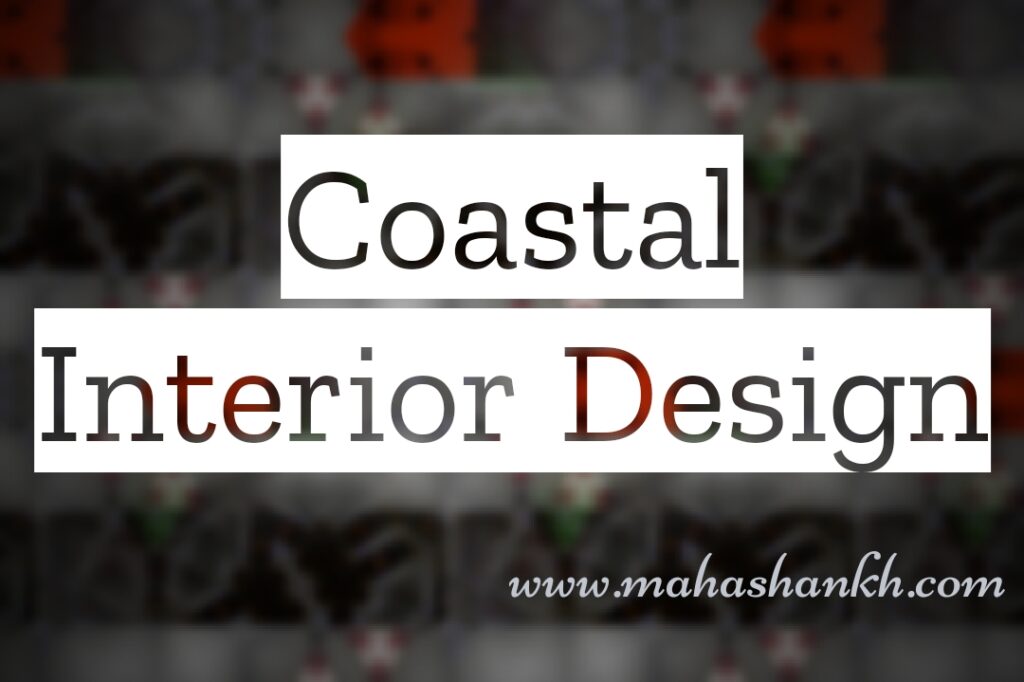
Ah, coastal design! You have excellent taste – there’s nothing quite like the calming vibe of a space inspired by the sea. Let’s dive into the refreshing waves of this beautiful style:
Hallmarks of Coastal Design:
- Serene Color Palettes: Think hues that echo the coast – soft whites, sandy beiges, calming blues, and hints of seafoam green. These light and airy tones evoke the tranquility of the beach and create a sense of spaciousness.
- Natural Materials: Wood, wicker, rattan, and linen dominate, bringing warmth and texture to the space. Shells, coral, and sea glass can add subtle nautical touches.
- Light and Airy Feel: Large windows, open floor plans, and plenty of natural light are essential. This connection to the outdoors helps blur the lines between the interior and the sea.
- Relaxed and Comfortable Furniture: Think slipcovered sofas, oversized armchairs, and hammocks. Coastal interiors prioritize comfort and encourage lounging with a good book or enjoying the view.
- Nautical Accents: Subtle nods to the sea add personality – vintage ship lanterns, oars mounted on the wall, nautical artwork, or striped throw pillows. But, remember, keep it light and avoid being overly literal.
- Textural Layers: Weave a tapestry of textures like woven throws, linen curtains, and sisal rugs. This adds depth and visual interest to the space.
- Greenery and Natural Elements: Bring the beach indoors with plants like ferns, succulents, and air plants. Shells, pebbles, and driftwood can also add a touch of coastal charm.
Modern Twists on a Classic Style:
- Bold Accents: Inject pops of color through accent pieces like throw pillows, artwork, or statement rugs. Think coral pinks, turquoise blues, or even sunny yellows.
- Modern Materials: Mix natural elements with sleek glass, metallic accents, or modern lighting fixtures for a contemporary twist.
- Sustainable Solutions: Opt for eco-friendly materials like recycled wood, organic fabrics, and energy-efficient lighting.
- Personalized Touches: Don’t be afraid to incorporate travel souvenirs, family heirlooms, or handcrafted pieces that tell your coastal story.
French Country Interior Design
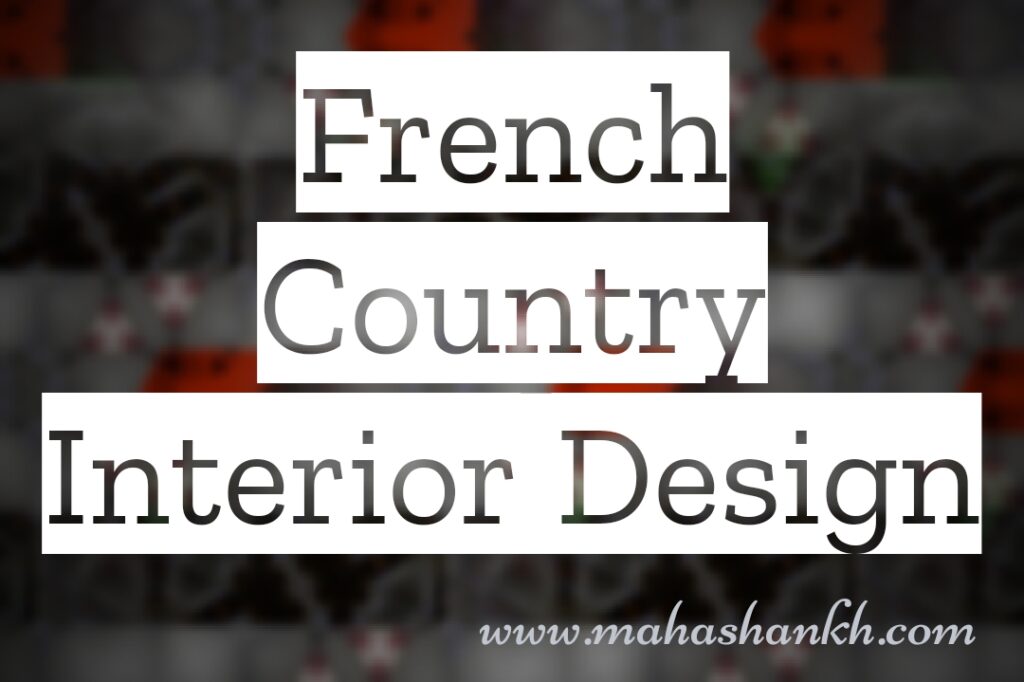
Hallmarks of French Country Design:
- Rustic Elegance: It’s a balance between the simplicity of farmhouse life and the sophistication of European style. Think distressed wood furniture, natural fabrics, and elegant accents like chandeliers or vintage prints.
- Warm and Neutral Color Palette: Imagine sun-kissed walls in shades of ivory, cream, and pale yellow, accented with rich earth tones like terracotta and olive green. Pops of lavender or sunflower yellow add a touch of Provençal charm.
- Natural Materials: Wood takes center stage, often in weathered or distressed finishes. Stone, linen, and cotton add texture and warmth. Don’t shy away from rustic elements like exposed beams or flagstone floors.
- Patterned Fabrics and Toile: Florals, stripes, and toile de Jouy prints add charm and visual interest. Use them sparingly on upholstery, curtains, or throw pillows.
- Vintage Finds and Heirlooms: French Country embraces the beauty of the past. Incorporate flea market finds, antique furniture, and cherished family pieces to tell a story and add character.
- Functional and Comfortable Furniture: Think sturdy tables and chairs, cozy armchairs, and inviting sofas. The furniture should be comfortable and well-loved, with a touch of vintage charm.
- Romantic Touches: Candles, fresh flowers, vintage china, and wrought iron accents add a touch of romance and whimsy.
Modern Twists on a Classic Style:
- Sustainable Solutions: Opt for eco-friendly materials like reclaimed wood, organic fabrics, and upcycled furniture.
- Minimalist Touches: Balance the rustic charm with clean lines and uncluttered spaces to avoid an overwhelming feel.
- Modern Accents: Introduce sleek lighting fixtures, contemporary artwork, or pops of unexpected color to add a touch of personal style.
- Technology Integration: Seamlessly blend smart home technology with the French Country aesthetic for a modern twist on functionality.
Art Deco Interior Design
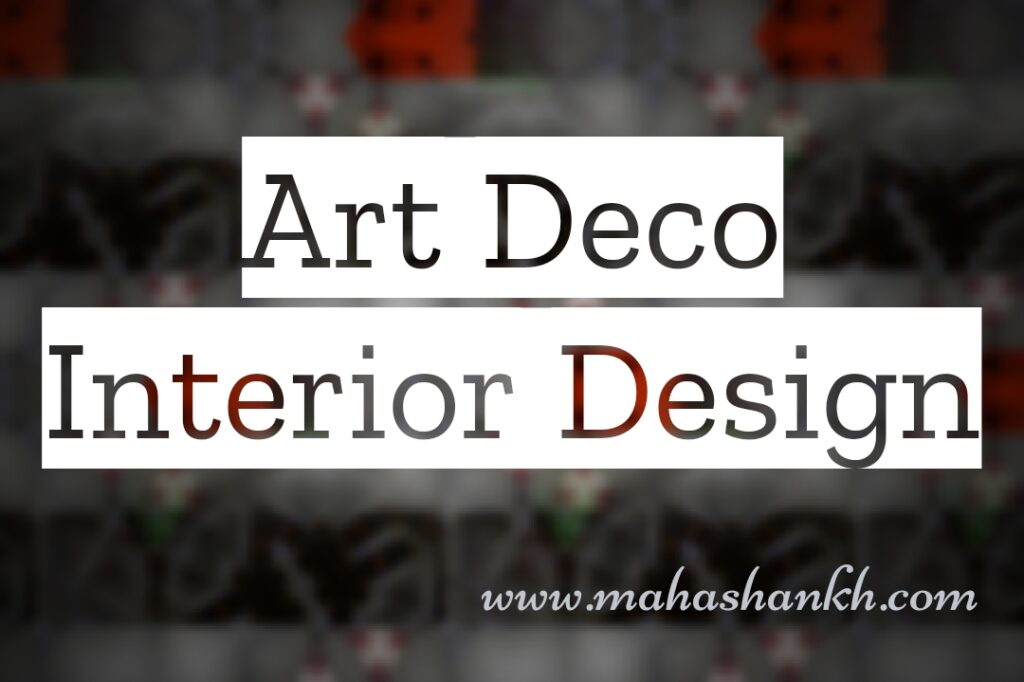
Hallmarks of Art Deco Design:
- Geometric Delights: Think clean lines, sharp angles, and symmetrical forms. Trapezoids, chevrons, sunbursts, and zigzags dance across everything from furniture to wall patterns.
- Rich Material Palettes: Luxurious materials like lacquered wood, polished metals (brass, chrome, and nickel), velvet, and marble take center stage. Don’t shy away from bold contrasts!
- Dazzling Accents: Mirrors, glass, and metallic finishes add a touch of sparkle and reflect light, further amplifying the glamorous vibe.
- Statement Colors: While neutrals like black, white, and beige provide a sophisticated base, Art Deco doesn’t shy away from bold pops of color. Jewel tones like emerald green, sapphire blue, and ruby red add drama and personality.
- Stylized Motifs: Animals, sunbursts, and geometric shapes feature prominently in sculptures, artwork, and decorative elements. These motifs add visual interest and a touch of the exotic.
- Sculptural Furniture: Furniture in Art Deco is more than just functional; it’s art. Think streamlined silhouettes, curved edges, and bold geometric shapes.
- Atmospheric Lighting: Lighting plays a crucial role, creating dramatic effects and highlighting architectural features. Think pendant lamps, sconces, and recessed lighting with warm, inviting tones.
Modern Twists on a Classic Style:
- Sustainable Choices: Opt for eco-friendly materials, recycled furniture, and energy-efficient lighting for a responsible touch.
- Minimalist Touches: Balance the opulent details with clean lines and uncluttered spaces to avoid an overwhelming feel.
- Modern Accents: Introduce contemporary artwork, sleek lighting fixtures, or pops of unexpected color to add a personal touch.
- Global Fusion: Don’t be afraid to blend Art Deco with other styles like Mid-Century Modern or Scandinavian for a fresh and unique take.
Mediterranean Interior Design
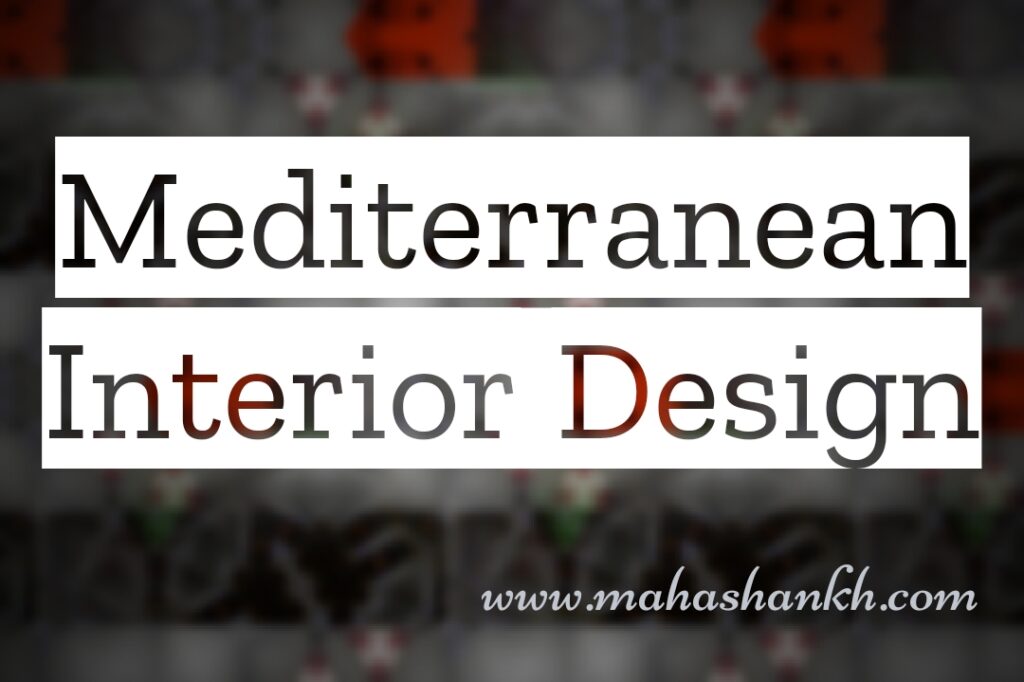
Hallmarks of Mediterranean Style:
- Light and Airy: Large windows, open floor plans, and whitewashed walls bathe the space in natural light, creating a sense of spaciousness and inviting the outdoors in.
- Earthy Color Palette: Think warm neutrals like terracotta, ochre, and sand, often accented with pops of vibrant blues, greens, and yellows inspired by the sea and sky.
- Natural Materials: Stone, wood, and clay dominate, bringing texture and warmth to the space. Think exposed brick walls, terracotta tiles, and furniture crafted from olive wood or wrought iron.
- Layered Textiles: Create depth and visual interest with a mix of textures – woven rugs, linen curtains, embroidered cushions, and throws in bold patterns.
- Arched Details and Architectural Accents: Arches, columns, and decorative tile work add a touch of Mediterranean character and architectural interest.
- Handmade Touches and Vintage Finds: Mediterranean interiors embrace the beauty of imperfection. Incorporate handcrafted ceramics, vintage rugs, and unique pieces with a story to tell.
- Greenery and Botanical Touches: Bring the outdoors in with lush greenery like olive trees, potted herbs, and colorful flowers. Botanical prints and decorative tiles can also add a touch of nature.
Modern Twists on a Classic Style:
- Sustainable Choices: Opt for eco-friendly materials like reclaimed wood, recycled textiles, and locally sourced elements.
- Minimalist Touches: Balance the richness with clean lines and uncluttered spaces to avoid an overwhelming feel.
- Modern Accents: Introduce sleek lighting fixtures, contemporary artwork, or pops of unexpected color for a personal touch.
- Global Fusion: Don’t be afraid to blend in elements from other Mediterranean cultures like Moroccan lanterns, Turkish tiles, or Spanish ceramic accents.
Eclectic Interior Design
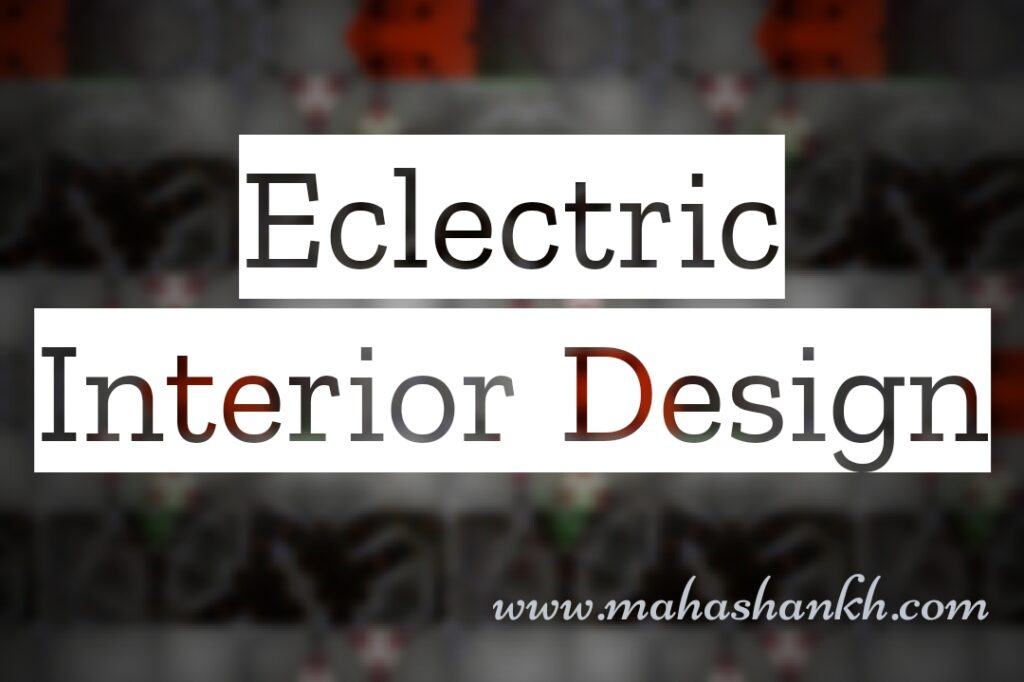
Key characteristics of Eclectic Design:
- Embrace the Mix: Eclectic thrives on diversity. Don’t be afraid to combine furniture from different eras, textures from across the globe, and bold colors in unexpected ways. It’s your personal gallery, so let your imagination run wild!
- Harmony through Contrast: While eclectic embraces contrasts, the key is to achieve a cohesive flow. Balance vintage pieces with modern accents, soften bold patterns with neutral palettes, and create visual connections through color or recurring themes.
- Storytelling through Objects: Every object should tell a story. Treasured heirlooms, flea market finds, and handcrafted pieces add character and evoke personal memories. Let your space reflect your journey and experiences.
- Embrace the Unexpected: Don’t be afraid to break the rules! Juxtapose a minimalist painting with a traditional rug, or pair an industrial lamp with a velvet sofa. Eclectic thrives on the element of surprise.
- Texture is Your Friend: Layer different textures – rough wood against smooth leather, woven throws on plush sofas, patterned rugs on polished floors. This interplay of textures adds depth and visual interest.
- Don’t Forget the Fun!: Eclectic design is all about celebrating your passions and individuality. Inject a healthy dose of fun with quirky artwork, playful accents, or unexpected pops of color.
Modern Twists on a Timeless Style:
- Sustainable Solutions: Opt for eco-friendly materials, recycled furniture, and vintage treasures for a responsible twist.
- Minimalist Touches: Balance the eclectic mix with clean lines and uncluttered spaces to avoid an overwhelming feel.
- Tech Savvy Integration: Seamlessly blend technology with your eclectic flair, like smart lighting that changes with the mood.
- Global Fusion: Embrace the interconnected world! Mix and match elements from different cultures and create your own unique global fusion.
Finding Serenity in Simplicity: A Guide to Minimalist Interior Design
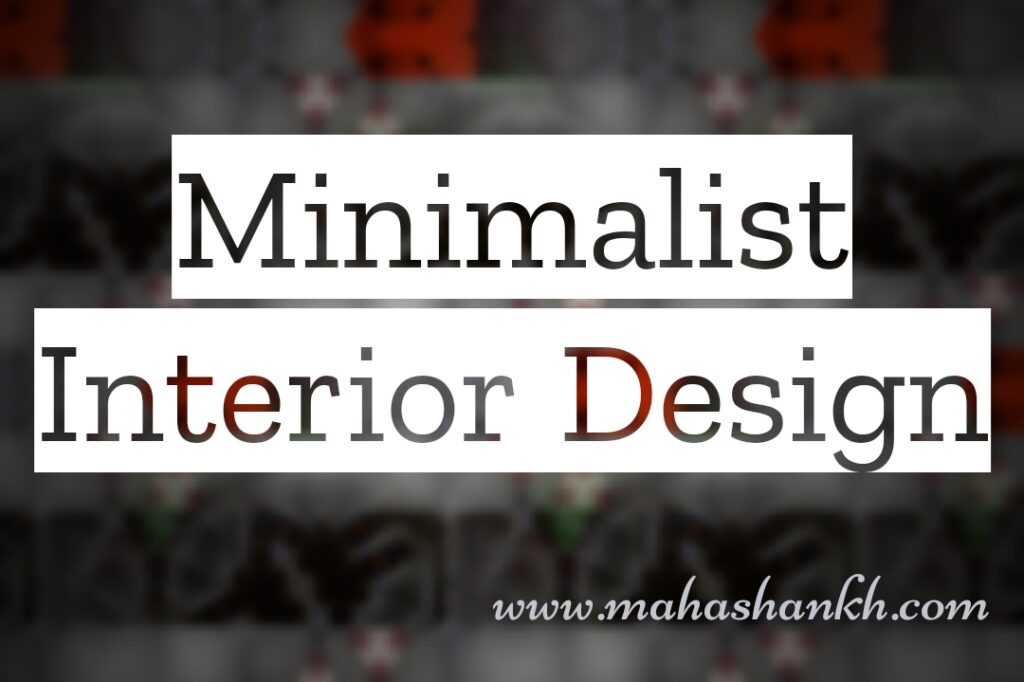
Minimalism, a philosophy that emphasizes intentionality and purpose, has transcended its material roots to influence various aspects of our lives, including the way we design our homes. Minimalist interior design is more than just decluttering; it’s about creating calm, functional spaces that prioritize quality over quantity.
Key Elements of Minimalism:
- Clean Lines and Uncluttered Surfaces: Minimalism favors clean lines and uncluttered surfaces. This doesn’t mean bareness; it’s about intentionality. Every piece of furniture and decor has a purpose and contributes to the overall aesthetic.
- Neutral Color Palettes: A neutral color palette, often featuring whites, beiges, and grays, forms the foundation of a minimalist space. These colors create a sense of calmness and spaciousness, allowing pops of color from artwork or accent pieces to truly shine.
- Natural Light and Materials: Natural light plays a crucial role in minimalist design. Large windows and skylights maximize daylight, while natural materials like wood, stone, and linen add warmth and texture.
- Functionality and Form: Every object in a minimalist space serves a purpose. Furniture is often multi-functional, and clean lines prioritize form without sacrificing practicality.
- Statement Pieces: While minimalism embraces simplicity, it doesn’t shy away from bold statements. A single eye-catching piece of art or a sculptural accent can add personality and visual interest to the space.
Beyond the Basics:
Minimalism isn’t a one-size-fits-all approach. You can incorporate its core principles into various styles, from Scandinavian zen to Japanese wabi-sabi.
- Scandinavian Minimalism: Characterized by light woods, pops of color, and cozy textures, Scandinavian minimalism exudes warmth and inviting simplicity.
- Japanese Minimalism: Inspired by traditional Japanese aesthetics, this style emphasizes clean lines, natural materials, and a connection to nature.
Remember: Minimalism is a journey, not a destination. It’s about decluttering your life and surrounding yourself with things that bring you joy and purpose. Start small, edit thoughtfully, and don’t be afraid to experiment. Your minimalist haven awaits!
Additional Tips:
- Declutter regularly: Let go of anything that doesn’t serve a purpose or bring you joy.
- Invest in quality pieces: Choose furniture and decor that are well-made and built to last.
- Embrace negative space: Don’t feel obligated to fill every corner. Empty space can be calming and create a sense of peace.
- Personalize your space: Minimalism doesn’t have to be sterile. Add elements that reflect your personality and interests.
- Most importantly, enjoy the process!: Creating a minimalist home should be a positive experience. Focus on the sense of calm and clarity it brings to your life.
By embracing the principles of minimalist interior design, you can create a sanctuary of serenity and peace in your own home.
REST ON ANOTHER PAGE
50 FAQs on Types of Interior Design:
1. What are the different types of interior design?
There are countless interior design styles, but some of the most popular include:
- Modern: Clean lines, minimalist furniture, neutral colors, and an emphasis on functionality.
- Traditional: Classic and timeless elements like wood furniture, patterned fabrics, and antiques.
- Contemporary: A blend of modern and traditional with a focus on clean lines, bold colors, and statement pieces.
- Mid-century modern: Characterized by organic shapes, wood accents, pops of color, and iconic furniture pieces.
- Scandinavian: Light and airy with a focus on natural materials, white walls, and pops of color.
- Industrial: Exposed brick, metals, pipes, and raw materials for a loft-like feel.
- Rustic: Earthy and natural with wood, stone, leather, and natural textures.
- Bohemian: Eclectic and colorful with a mix of patterns, textures, and vintage finds.
- Glamorous: Luxurious and sophisticated with metallics, velvet, chandeliers, and bold colors.
- Coastal: Light and airy with a beachy vibe using blues, greens, and natural textures.
2. How do I choose the right interior design style for my home?
Consider your lifestyle, personality, and the existing architecture of your home. Do you love to entertain? Do you prefer a calm and relaxing space? What kind of vibe do you want your home to have? Once you have a better understanding of your preferences, you can start researching different styles and find one that resonates with you.
3. Do I need to hire an interior designer?
Hiring an interior designer can be a great investment, especially if you’re feeling overwhelmed or don’t have the time or expertise to tackle a project on your own. They can help you with everything from space planning and furniture selection to color schemes and finishing touches. However, if you’re on a budget or have a clear vision for your space, you may be able to DIY your interior design.
4. What are some common mistakes to avoid when decorating your home?
- Buying furniture that’s the wrong scale for the space.
- Using too many patterns or colors.
- Not enough lighting.
- Ignoring the flow of traffic.
- Forgetting about storage.
5. How can I make my small space feel larger?
- Use light and airy colors.
- Choose furniture with clean lines and avoid bulky pieces.
- Utilize mirrors to reflect light and create the illusion of space.
- Keep clutter to a minimum.
- Hang curtains high and wide to draw the eye upwards.
6. What are some budget-friendly ways to update my home decor?
- Paint your walls a new color.
- Add new throw pillows and blankets.
- Swap out your hardware (cabinet pulls, doorknobs, etc.).
- Hang some artwork or photographs.
- Bring in some fresh plants.
7. What are some sustainable interior design practices?
- Use recycled or upcycled materials.
- Choose furniture made from sustainable materials like bamboo or reclaimed wood.
- Invest in energy-efficient appliances and lighting.
- Reduce your carbon footprint by buying local and vintage furniture.
8. How can I incorporate technology into my home design?
- Install smart home devices like thermostats, lights, and locks.
- Use a projector or screen for movie nights or presentations.
- Create a dedicated workspace with the latest technology.
- Use technology to create ambiance with music and lighting.
9. What are some of the hottest trends in interior design right now?
- Biophilic design: Bringing nature indoors with plants, natural materials, and organic shapes.
- Bold colors and patterns: Making a statement with vibrant hues and eye-catching prints.
- Sustainable and eco-friendly materials: Focusing on recycled, upcycled, and natural materials.
- Multifunctional furniture: Pieces that serve multiple purposes to save space.
- Smart home technology: Integrating technology for convenience and functionality.
10. Where can I find inspiration for my interior design project?
- Interior design magazines and websites
- Pinterest and Instagram
- Home decor stores and showrooms
- Travel and nature
- Vintage shops and flea markets
1. What are the different types of interior design?
There are countless interior design styles, but some of the most popular include:
- Modern: Clean lines, minimalist furniture, neutral colors, and an emphasis on functionality.
- Traditional: Classic and timeless elements like wood furniture, patterned fabrics, and antiques.
- Contemporary: A blend of modern and traditional with a focus on clean lines, bold colors, and statement pieces.
- Mid-century modern: Characterized by organic shapes, wood accents, pops of color, and iconic furniture pieces.
- Scandinavian: Light and airy with a focus on natural materials, white walls, and pops of color.
- Industrial: Exposed brick, metals, pipes, and raw materials for a loft-like feel.
- Rustic: Earthy and natural with wood, stone, leather, and natural textures.
- Bohemian: Eclectic and colorful with a mix of patterns, textures, and vintage finds.
- Glamorous: Luxurious and sophisticated with metallics, velvet, chandeliers, and bold colors.
- Coastal: Light and airy with a beachy vibe using blues, greens, and natural textures.
2. How do I choose the right interior design style for my home?
Consider your lifestyle, personality, and the existing architecture of your home. Do you love to entertain? Do you prefer a calm and relaxing space? What kind of vibe do you want your home to have? Once you have a better understanding of your preferences, you can start researching different styles and find one that resonates with you.
3. Do I need to hire an interior designer?
Hiring an interior designer can be a great investment, especially if you’re feeling overwhelmed or don’t have the time or expertise to tackle a project on your own. They can help you with everything from space planning and furniture selection to color schemes and finishing touches. However, if you’re on a budget or have a clear vision for your space, you may be able to DIY your interior design.
4. What are some common mistakes to avoid when decorating your home?
- Buying furniture that’s the wrong scale for the space.
- Using too many patterns or colors.
- Not enough lighting.
- Ignoring the flow of traffic.
- Forgetting about storage.
5. How can I make my small space feel larger?
- Use light and airy colors.
- Choose furniture with clean lines and avoid bulky pieces.
- Utilize mirrors to reflect light and create the illusion of space.
- Keep clutter to a minimum.
- Hang curtains high and wide to draw the eye upwards.
6. What are some budget-friendly ways to update my home decor?
- Paint your walls a new color.
- Add new throw pillows and blankets.
- Swap out your hardware (cabinet pulls, doorknobs, etc.).
- Hang some artwork or photographs.
- Bring in some fresh plants.
7. What are some sustainable interior design practices?
- Use recycled or upcycled materials.
- Choose furniture made from sustainable materials like bamboo or reclaimed wood.
- Invest in energy-efficient appliances and lighting.
- Reduce your carbon footprint by buying local and vintage furniture.
8. How can I incorporate technology into my home design?
- Install smart home devices like thermostats, lights, and locks.
- Use a projector or screen for movie nights or presentations.
- Create a dedicated workspace with the latest technology.
- Use technology to create ambiance with music and lighting.
9. What are some of the hottest trends in interior design right now?
- Biophilic design: Bringing nature indoors with plants, natural materials, and organic shapes.
- Bold colors and patterns: Making a statement with vibrant hues and eye-catching prints.
- Sustainable and eco-friendly materials: Focusing on recycled, upcycled, and natural materials.
- Multifunctional furniture: Pieces that serve multiple purposes to save space.
- Smart home technology: Integrating technology for convenience and functionality.
10. Where can I find inspiration for my interior design project?
- Interior design magazines and websites
- Pinterest and Instagram
- Home decor stores and showrooms
- Travel and nature
- Vintage shops and


